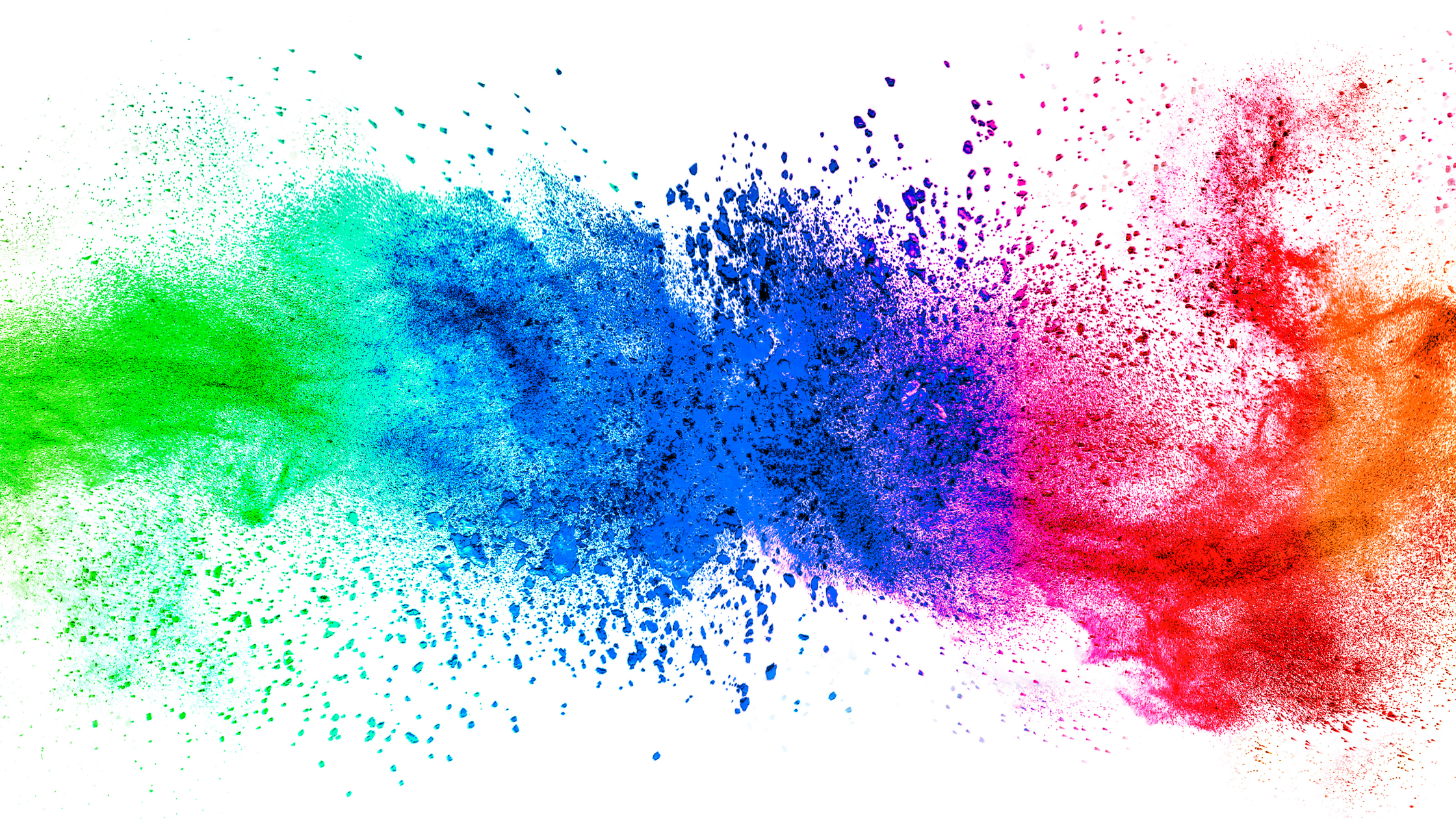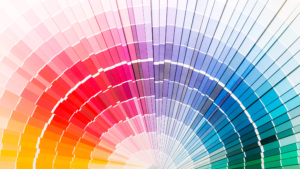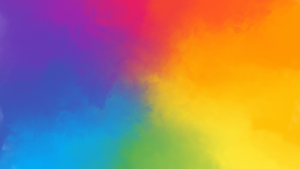
The Psychology of Color: How It Influences Our Emotions and Behavior
- Entertainment
- November 14, 2023
- No Comment
- 42
Color is a ubiquitous aspect of our daily lives, permeating our surroundings and influencing our emotions in ways we might not always consciously recognize. From the vibrant hues of a sunset to the muted tones of a rainy day, colors play a pivotal role in shaping our perceptions and experiences. But what lies beneath the surface of this visual spectrum? How does color affect our psychology, and in turn, influence our behavior?
The Basics: Color Perception and the Brain
Before delving into the psychological aspects, it’s essential to understand how our brains perceive color. The human eye can detect a vast range of colors, thanks to specialized cells called cones that are sensitive to different wavelengths of light. These cones send signals to the brain, where the visual cortex processes the information, allowing us to perceive an extensive array of colors.
The Emotional Impact of Colors
- Red: This color is often associated with strong emotions like passion, love, and anger. Studies have shown that exposure to red can increase heart rate and evoke intense feelings.
- Blue: Considered a calming color, blue is often associated with serenity, trust, and stability. It has a soothing effect on the mind and is frequently used in healthcare settings.
- Yellow: Radiating warmth and energy, yellow is linked to feelings of happiness and positivity. However, excessive exposure to bright yellow can lead to feelings of agitation.
- Green: Associated with nature, green has a calming and refreshing impact. It is often linked to balance, harmony, and represents growth and renewal.
- Purple: Historically associated with royalty, purple carries connotations of luxury, sophistication, and creativity. It can also evoke a sense of mystery.
- Orange: A vibrant and energetic color, orange is linked to enthusiasm, warmth, and excitement. It can stimulate creativity and social interaction.
- Brown: Earthy and grounding, brown is associated with stability and reliability. It can convey a sense of security and comfort.
- Black: Often associated with sophistication and formality, black can also symbolize mystery and power. Too much black, however, may evoke feelings of gloominess.
- White: Symbolizing purity and innocence, white is often associated with cleanliness and simplicity. It can also convey a sense of spaciousness and openness.
- Pink: Often linked to femininity, pink is associated with compassion, love, and nurturing. It has a calming effect and is often used in settings aimed at reducing aggression.

Cultural Influences on Color Perception
While certain colors may evoke universal emotions, the cultural context also plays a significant role in shaping our perceptions. For example, white is associated with weddings in Western cultures, symbolizing purity, while in some Eastern cultures, white is linked to mourning. Similarly, red can signify luck and prosperity in some cultures, while in others, it may symbolize danger.
The Role of Color in Marketing and Branding
Marketers and brand designers leverage the psychology of color to evoke specific emotions and influence consumer behavior. For example, fast-food chains often use red and yellow to stimulate appetite and create a sense of urgency. Luxury brands, on the other hand, may opt for deep blues or purples to convey sophistication and exclusivity.
Practical Applications in Everyday Life
Understanding the psychological impact of color can have practical applications in various aspects of our lives. In interior design, for instance, selecting the right colors can create an atmosphere that promotes relaxation or productivity. Similarly, choosing the appropriate colors for work environments can influence employee mood and performance.
Color Therapy: Healing Through Hues
Color therapy, also known as chromotherapy, is a holistic approach that utilizes colors to promote physical and mental well-being. Practitioners believe that exposure to specific colors can balance energy and contribute to overall health. While scientific evidence supporting color therapy is limited, some individuals find it beneficial for relaxation and stress reduction.

Conclusion
In conclusion, the psychology of color is a fascinating and multifaceted aspect of our daily lives. From the calming influence of blues to the vibrant energy of reds, colors play a crucial role in shaping our emotions and behavior. Whether in marketing, design, or therapy, an understanding of how colors affect our psychology allows us to harness their power intentionally. As we navigate a world awash in a spectrum of hues, appreciating the profound impact of color enhances our ability to create environments that positively influence our well-being.









